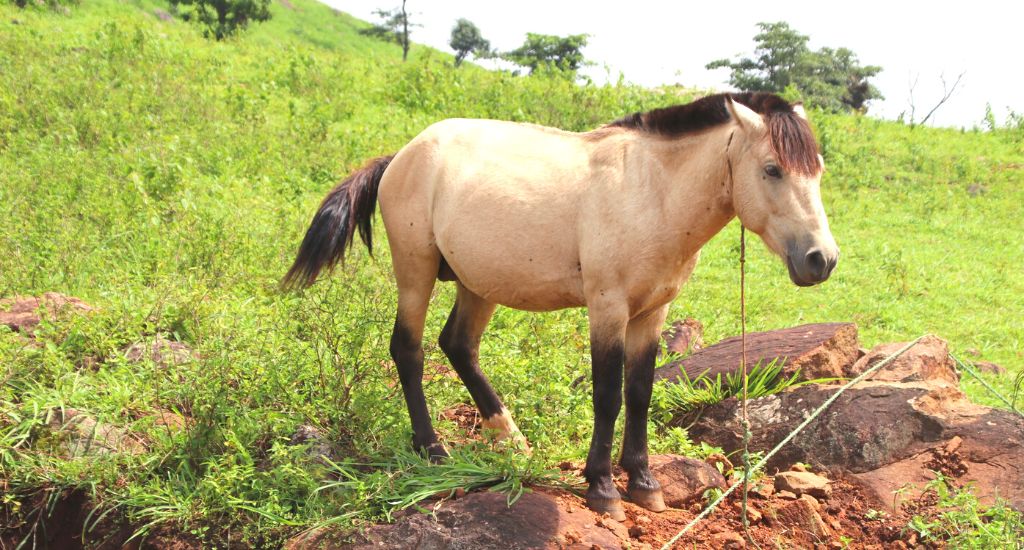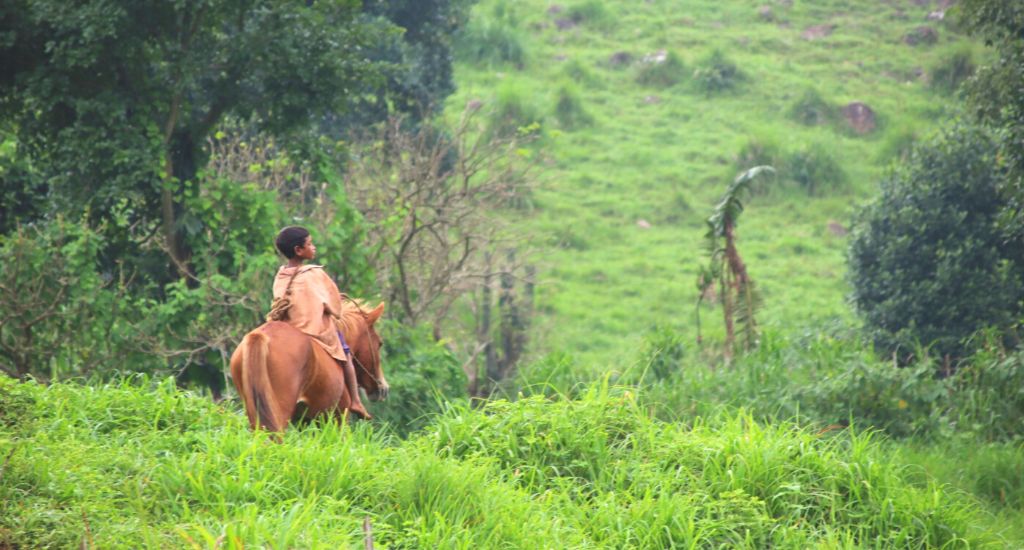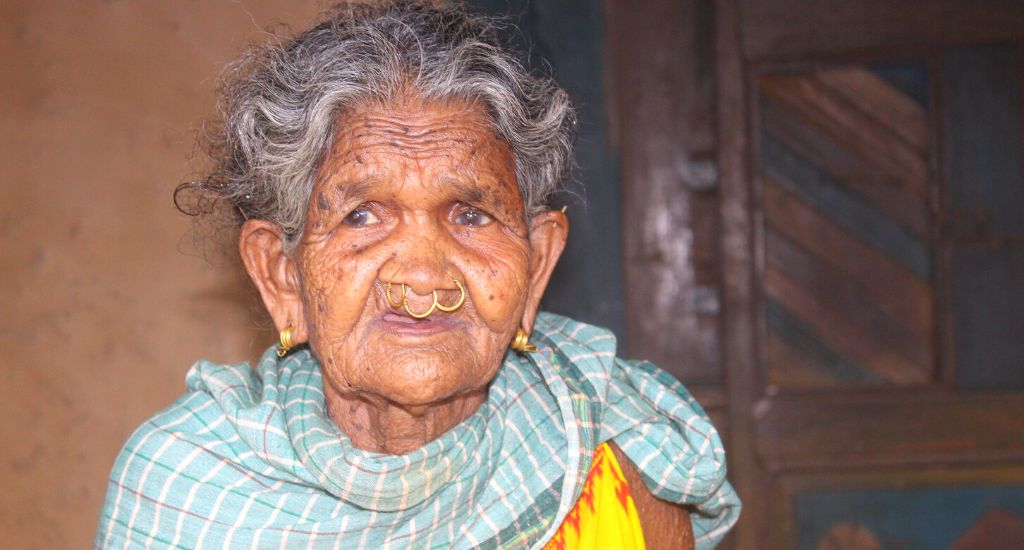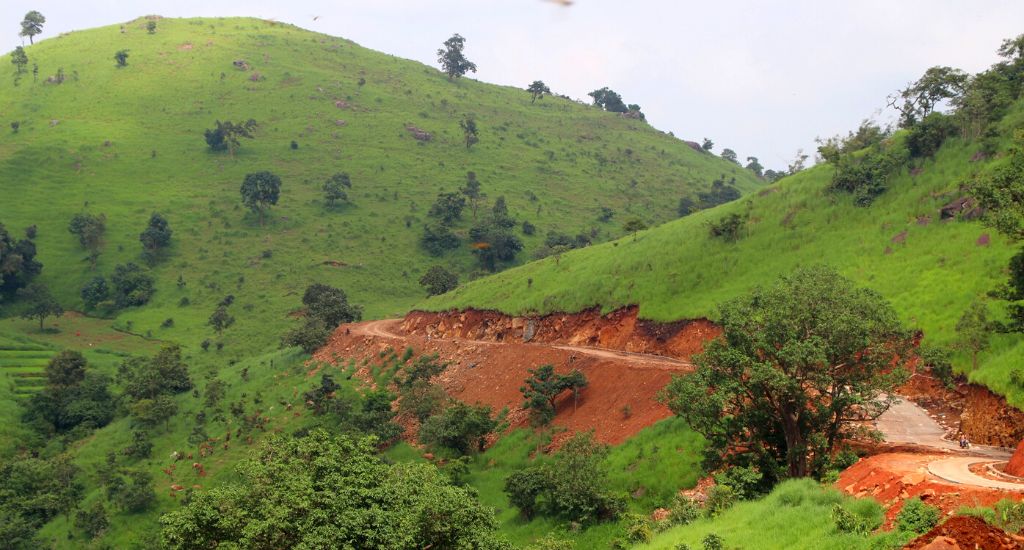
Once a pride, the Malkangiri pony struggles to survive
Cut off from mainland Odisha, the hilly hinterland of Swabhiman Anchal depended on horses to carry goods and people for ages, but modern roads have pushed these pack animals to the fringes.

Cut off from mainland Odisha, the hilly hinterland of Swabhiman Anchal depended on horses to carry goods and people for ages, but modern roads have pushed these pack animals to the fringes.
If anyone changed horse midstream, it’s probably the people in the tribal hinterland of Swabhiman Anchal in Odisha’s southernmost Malkangiri district.
Home to 172 villages, swaddling 372 square km, this is an outdoorsy land of deep forests and the rugged, rolling hills of the Western Ghats. For years, tribal communities like Gadaba, Kondh, Kotia, Kondadora and Paroja living in this isolated region depended almost exclusively on a distinctive pony for transport.
“Since childhood, I’ve seen ghoda (horse) in our village. We used ponies to transport goods,” said Baidei Hantal, 90, of Dhuliput village.
And they carried relatives and guests to marriages and festivals too.
“That’s how the ghoda became a part of our family,” she added.
But not so much anymore.
More cars and better roads has reduced demand for the ponies, leaving some to scavenge on garbage left, ironically, on these new roadsides.
Whether the Malkangiri pony – which comes in an array of colours from chestnut, black bay, white bay and white roan – is actually small enough to be officially recognized as a pony is debatable. At about five feet tall it is on the cusp between pony and horse.

Its exact origin is also sketchy. Some say they come from Andhra, brought here more than 100 years ago.
Now there are more than 400 horses spread across 40 villages in the region. Though that is far fewer than what it used to be.
One thing is for certain – they are sure-footed, hardy beasts that can carry loads on craggy tracks.
The ghoda became a part of our family
Much before the break of dawn, with stars filling the sky, they cut across deep forests on narrow trails bordered by steep drops with rivers below.
And in all seasons.
“They can withstand food shortages and drought,” said Uday Kumar Kalyanapu, livestock and fishery officer, Watershed Support Services and Activity Network (WASSAN), Malkangiri.
They carry farm and forest produce like millets, pulses, oilseeds, wild fruits, honey, roots and mushrooms to markets in the plains. They bring back cooking oil, kerosene, salt, rice and other supplies.
In the olden days, goods were bartered. Money changes hands these days.
These pack animals were the lifeblood of these people, many of whom still rely on them.
Owning a horse was, and to some degree, still is a status symbol for many. A healthy animal comes with a price tag of around Rs 25,000—a princely amount for the villagers. Those who can’t afford to keep one, there are horses for hire at Rs 200 a day.
Until a few years ago, the ghoda was vital – especially because of the land’s remoteness, which got even more exacerbated by the construction of two major reservoirs: Machkund and Balimela decades ago.

These two created a water channel stretching up to 60 km, cutting off the villages on three sides like a moat, and separating the area from mainland Odisha. This triangle-shaped land juts into Andhra Pradesh and Chhattisgarh.
This secluded outpost of ghoulish tales was a perfect hideout for Maoist guerrillas.
“This was once a battleground of Naxal rebels and armed forces,” recalled Sukdev Burudi, 55, sarpanch of Dhuliput panchayat in Chitrakonda block.
Sindhiput, a village in the area, made national headlines in February 2011 when insurgents abducted the district collector and a junior engineer and kept them hostage for eight days.
It was a land forsaken and fell off the development map for over four decades.
But development touched this land in recent years.
Our younger generation is showing less interest in rearing ponies.
Roads were built. Mechanised transport comb the landscape, thereby reducing the demand for ponies.
“Our younger generation is showing less interest in rearing ponies,” said Dambaru Burudi of Jodambo village.
Ignored and abandoned by people, many ponies are seen scavenging for food on garbage dumps along roads.
According to Chandra Gomango, livestock coordinator at Paribartan, a local NGO, the pony population has come down significantly over the past two decades. He said urgent conservation efforts are required.

“Specific policies are needed to conserve native germplasms. We should avoid random cross breeding and breed substitution. These may lead to the genetic dilution of native breeds,” Gomango said.
Setting up specialised breeding farms, preferably in the native tracts, and selecting animals from a wide base is key to ensure their genetic variability.
Apart from Malkangiri, around 226 similar horses are found in Andhra Pradesh.
Recognizing locals as the guardians of these animals – making them livestock keepers and involving them in drafting policies for domestic animal diversity – is crucial for long-term conservation goals.
Areas still off the grid hold out hope.
“Villages located deep inside Swabhiman Anchal still lack basic facilities like all-weather roads, water supply and medical services,” said Sukdev Burudi, the Dhuliput sarpanch.
There, horses are still being used for official work – such as carrying voting machines and election officials and more.
“We rely on these horses to collect rice at public distribution centres,” added another villager, Gangadhar Burudi.
The lead image at the top shows a pony horse grazing grasses in the open fields of Odisha (Photo by Abhijit Mohanty)
Abhijit Mohanty is a journalist based in Bhubaneswar.